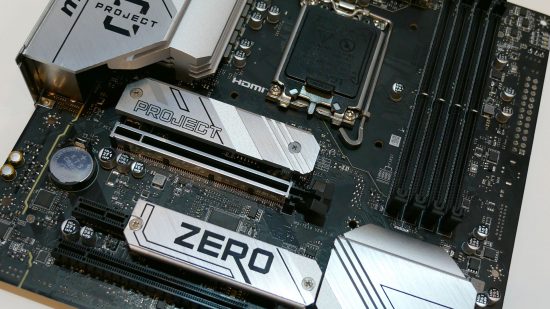Not long ago, several motherboard manufacturers revealed concepts for motherboards that have all the cable connectors on the rear of the board, allowing the visible side of your PC to be completely cable clutter-free. Honestly, we didn’t think these hidden connector motherboard ideas would make it to market, but now Asus and MSI have both shown off new products that will actually see the light of day.
The rival hidden connector motherboard standards have both been shown off by Asus and MSI at CES 2024, where we got to have a look and feel of the new motherboards and cases. You see, the idea of moving the cable connectors to the back doesn’t just affect motherboard design but case design too, so a whole new range of cases is required to bring the motherboards to market.
We haven’t yet had a close look at the Asus BTF products but have seen the MSI Project Zero range, and have come away impressed, though there are definitely some downsides to this concept.
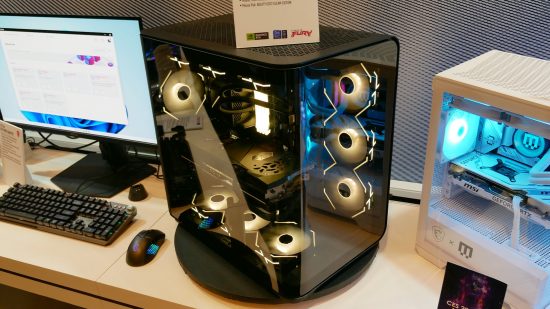
The most striking example of Project Zero products isn’t actually the motherboards but MSI’s own MEG Maestro 700L PZ case, which incorporates a curved panel that wraps around the front and side of the case. It’s not the first case to try the idea but it is certainly not a common option and it does look amazing.
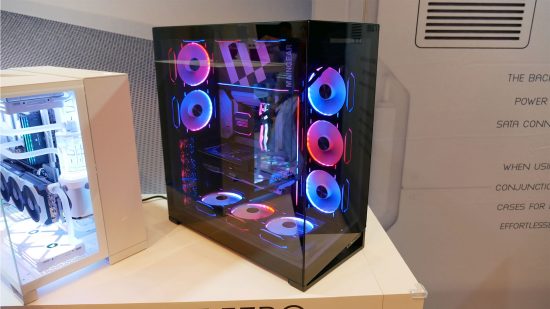
Similarly striking were cases from Corsair and Maingear that are also compatible with both Asus and MSI’s new standards. In fact, it’s Maingear that has led this push for the hidden-connector concepts, with it owning the patent on the idea.
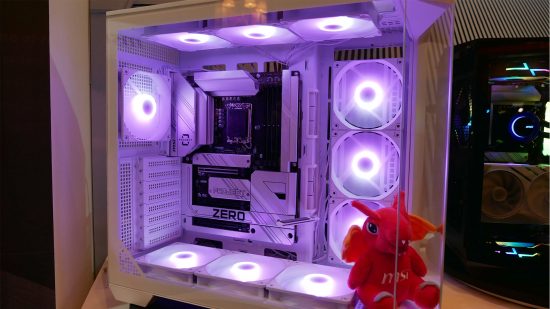
Peer inside these builds and you can see how, other than graphics cards still needing a cable, and AIO coolers having tubing running through the interior of the case, the hidden connector builds are completely free of cable clutter. You can achieve builds that are pretty close to as clean with top-notch cable management but as MSI’s demo builds demonstrated, the big advantage here is you don’t even need to bother with cable management with these boards and cases.
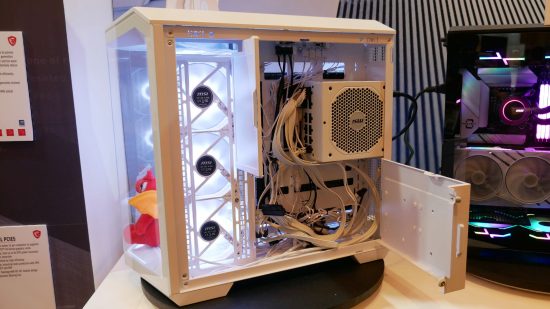
Looking at the motherboards, there are two launch boards from MSI, with the Z790 Project Zero and the B650M Project Zero (an mATX option). In some ways, at first glance the boards don’t look all that different to normal ones but when you look round the edges you see all the cable connectors are gone. Flip the board over and there they are.
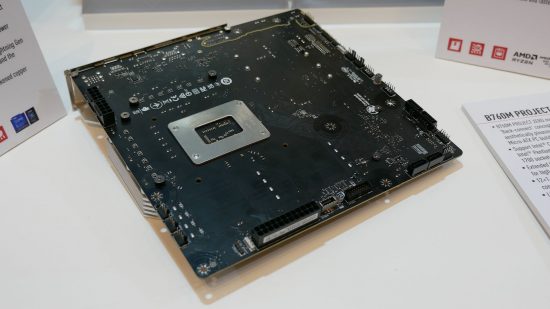
A neat little bonus of this idea is that the cable connectors act as a sort of standoff for the motherboard such that it sits flat and secure on plastic connectors that won’t scratch your desk. The pins that stick through in a standard board make them unstable and can scratch surfaces.
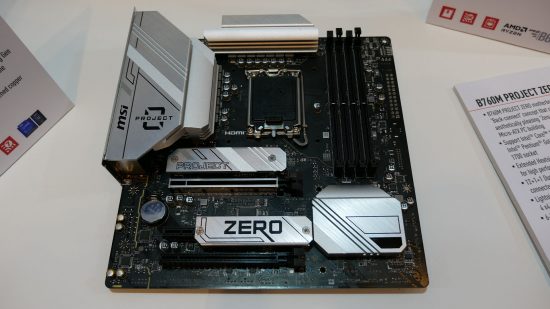
As to that downside? Well, the extra space needed for the rear-facing cables means all the cases compatible with the concept are really deep – like 50% deeper than typical ATX towers. That’s fine if you have the space for a big show-off build but this probably won’t be a standard for more compact builds.
Pricing and exact availability to TBD but they will be arriving early this year, and we can’t wait. For more stories from CES, check out our CES story hub.
